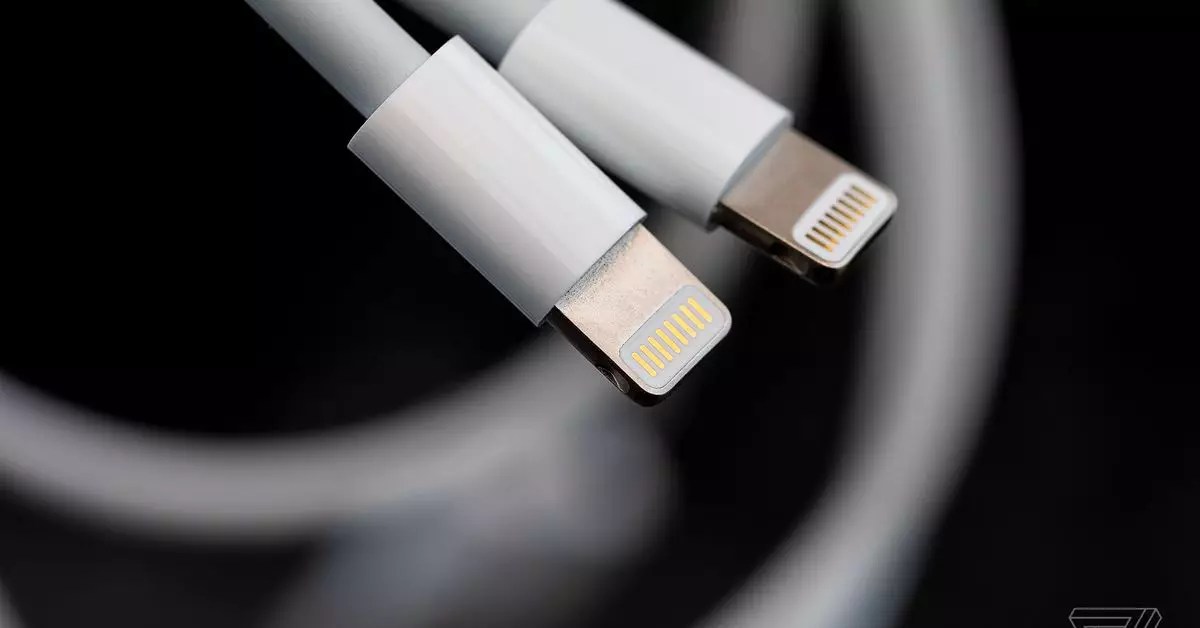In a noteworthy development, Apple has ceased selling its iPhone SE and iPhone 14 series in Europe, marking the end for devices equipped with the proprietary Lightning charging port. This shift is primarily a response to the European Union’s recent directive aimed at standardizing charging solutions across member states and reducing electronic waste. The EU Directive 2022/2380, effective immediately, signifies a major transformation in consumer electronics, compelling manufacturers to embrace the more universally accepted USB-C technology.
The decision to phase out Lightning port devices in key European markets such as the Netherlands, France, and Germany illustrates Apple’s strategic alignment with broader regulatory trends. While consumers in the US and other regions can still purchase these products, the focus on sustainability is becoming increasingly prevalent in Europe’s tech market. The pressure for standardization not only simplifies consumer experience but also alleviates the environmental burden associated with electronic waste — a pressing issue in today’s digital age.
Apple’s pivot towards USB-C not only reflects compliance with the new regulations but also points towards potential innovations on the horizon. Speculation is already rife regarding the introduction of a new iPhone SE featuring USB-C connectivity along with other enhancements like an OLED display, projected for release in 2025. This adaptation signals an exciting evolution for Apple’s product line, as it embraces a format increasingly recognized for its efficiency and compatibility across various devices.
Moreover, the integration of USB-C across Apple’s extensive product range promises to streamline the user experience significantly. By adopting a common charging standard, Apple is set to foster an ecosystem where users can charge multiple devices using a single type of cable, thereby reducing clutter and enhancing convenience.
Beyond merely standardizing ports, the EU Directive also mandates that devices with fast charging capabilities adhere to the USB Power Delivery (USB PD) standard. This regulatory requirement is indicative of a broader trend towards transparency in consumer electronics. The initiative aims to empower consumers by improving product labeling, enabling them to better understand the power requirements of their devices. This clarity can aid users in making informed purchasing decisions, thereby enhancing overall consumer confidence in the marketplace.
Furthermore, the unbundling of charging bricks from retail packages presents additional environmental benefits. This practice not only reduces unnecessary waste but can also decrease retail prices, making devices more accessible to a wider audience. The shift encourages manufacturers to be more conscious about their packaging practices and the lifecycle of their products.
The discontinuation of iPhones equipped with the Lightning port is more than just a regulatory response; it represents a pivotal moment in the tech industry towards sustainability and standardization. As the EU leads the way in establishing a common charging solution, manufacturers like Apple are being compelled to adapt or risk losing market relevance in a rapidly evolving landscape.
The adoption of USB-C and adherence to new consumer protection regulations promise a future where device compatibility is no longer an afterthought but a fundamental feature. As we watch the transition unfold, it is clear that these changes not only present opportunities for technology innovation but also serve as a critical step towards reducing e-waste and promoting a more circular economy.


Leave a Reply